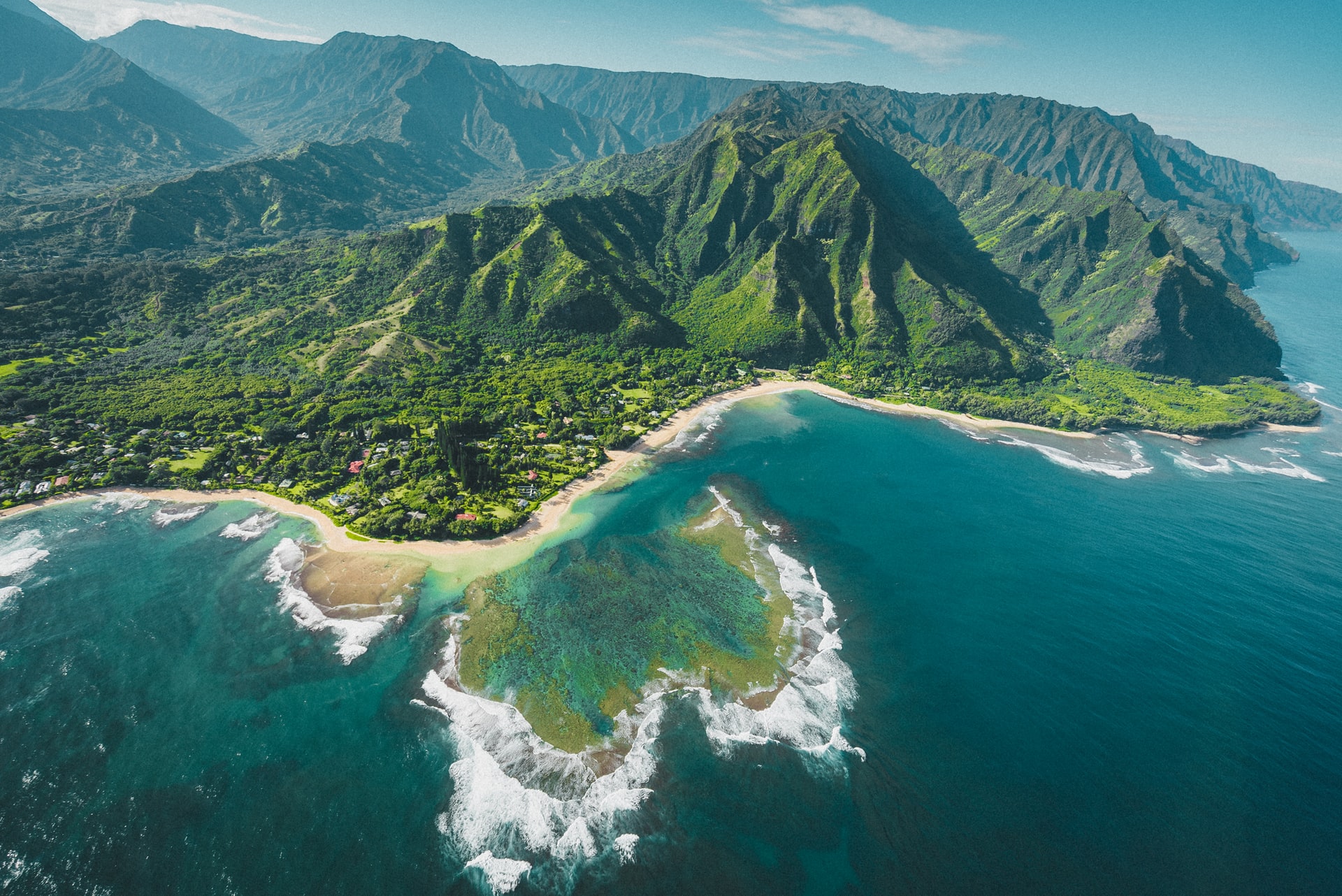Hawaiian locals have recently flocked to social media to express their discomfort with tourists traveling to the island during the pandemic, with some even criticizing tourist travel in general.
Since the onset of quarantine and the shutdown of nonessential businesses, many Americans have disregarded Hawaii’s public safety restrictions and chosen the island as their exotic getaway, putting not only their own lives at risk but the lives of the local Hawaiians as well.
Over the course of the pandemic, there have been over 486 deaths and 33,276 non-fatal cases of COVID-19 in Hawaii. Despite the massive number of cases, there have been over 23,000 tourist arrivals from May 6 to May 12.
In March 2020, the Hawaiian government implemented a quarantine for all travelers to the island. Anyone who broke the quarantine would be subject to arrest and a fine of up to $5,000. Arresting about 200 people since last March, the Hawaiian government strictly enforced these rules.
The Hawaiian government has since relaxed these COVID-19 restrictions in order to revive the state’s depressed economy.
However, Hawaiian locals have pushed back and pleaded for tourists to stop traveling to the island. Since Hawaiians are more likely to be in the service industry, they are more likely to come in contact with tourists who either asymptomatically or symptomatically carry the virus. Native Hawaiians, suffering from a lack of access to proper healthcare and overall worse health than the average American, are at higher risk to be severely affected by the disease.
Since local Hawaiians are also incredibly dependent on travel revenue, and the unemployment numbers are alarmingly high, the Indigenous population may also not be able to afford proper health care even if they are able to access it.
Despite making almost $18 billion dollars in revenue from tourism, almost 13.7% of Hawaii’s population lives in poverty (compared to the entire U.S.’s average of 10.5%).
One may wonder why Hawaii, despite being the state of such a wealthy nation, has committed the folly of only having one main revenue stream — and, perhaps relatedly, almost 200,000 people in poverty. One may also even wonder how a beautiful island 3,758 miles away from the continental U.S. even became a part of the nation.
The answer lies in the history of Hawaii, which includes a violent colonization committed by Americans.
The History of Hawaiian Colonization
Europeans first came in contact with the indigenous Hawaiian population in 1778, when James Cook landed on the island of Kauai. Hundreds of thousands of Hawaiians would subsequently be killed due to the introduction of numerous diseases by Europeans. Certain estimates place the Indigenous population at 300,000 to 683,000 in 1778, which dwindled down to a devastating 24,000 by 1920.
In 1893, Queen Lili’uokalani governed over the independent kingdom of Hawaii, which was at the time a constitutional monarchy (and recognized internationally). However, when the queen wanted to amend the constitution to further extend suffrage to the local population and disenfranchise the American and European businessmen of Hawaii, major threats to the kingdom’s sovereignty emerged.
When the queen further tried to encourage the adoption of a constitution that would strengthen the power of the monarch and take away power from the legislature (in which American businessmen held disproportionate power), a coup d’etat transformed from a rumor into something much more tangible. The conspirators of the coup d’etat (who were European and American nationals) would seek to depose the queen, overthrow the monarchy and seek Hawaii’s annexation to the United States.
The wishes of these conspirators would come to fruition — five years after the queen was overthrown, Congress would pass a resolution to annex Hawaii as a U.S. territory, to be used as a naval base and refueling station to fight in the Philippines in the Spanish-American war. It is important to note that Native Hawaiians continuously tried to organize and petition the U.S government to return power to the monarchy, but the U.S. ignored their pleas even though the government publicly condemned the coup.
During World War II, Hawaii was under martial law, in which thousands of acres of land were stolen from Native Hawaiians.
To prevent Hawaii from gaining independence, as many other countries did in the 1950s, the U.S. government organized a vote to determine whether or not the territory should become a state (independence was not an option). White settlers and military personnel outnumbered Native Hawaiians, and the island became a state in 1959. Statehood would be the catalyst that pushed the Hawaiian economy from being a sugar outpost for the West to a location for mass commercial tourism.
The mass tourism brought in mass urbanization as well, as rural Hawaiian communities were ravaged by the rapid development of massive hotels and resorts. Urbanization would bring new immigrants from the Philippines, and settlers from America who suddenly wanted to take advantage of U.S. ownership of this beautiful island.
During colonization, Hawaiians faced a decimation of not only their people and independence, but of their culture as well. Their language was banned in 1896 — a ban that was only lifted in 1986. Many Hawaiians today still can only speak English and have not been able to relearn their ancestral language.
Present Day Concerns
With the popularization of the hula dance and the word “aloha,” Hawaiian culture may seem to be more celebrated in the West than it was a hundred years ago. However, even now Hawaiian culture is exploited and has been commodified for the eyes of global tourists.
The hula, a treasured cultural dance for Hawaiians symbolizing the relationship of the people to their land, is now considered to be something exotic for the public’s consumption. “Aloha” has been taught to American children as meaning “hello” while the meaning in Native Hawaiian culture is much deeper and significant (“aloha” means one is recognizing the breath of life in another human).
From ancient burial sites being excavated to fulfill the demands of foreign-owned resorts to historical sites being used to make money, Hawaiian culture has been stolen to make a profit.
Mass tourism and settlement in the state is exacerbating a housing crisis for Native Hawaiians, as many cannot afford to live on the island with its rising housing prices. The average single-family home price on Oahu is now almost $800,000. The Native Hawaiian population is younger, with lower average education, income and higher unemployment than the non-Native Hawaiian population. Despite being only 13% of the overall population, these locals experience the highest rate of housing problems.
Those who do find jobs often find them in tourism rather than more conventional work, forcing Native Hawaiians further into tourism dependency. Hawaii thus stays at the mercy of international events such as COVID-19 with no real way out. Hawaii also remains linked to foreign investors and companies as tourism on the island is mainly owned by outsiders.
The increase in visitors has also caused a strain on natural resources, with the state containing 44% of the nation’s endangered and threatened wildlife plant species. Waste from tourists has also begun to pollute the local marine wildlife.
With even more socioeconomic issues ravaging the population, at least some Native Hawaiians are trying to turn their back on mass tourism for more economic autonomy. To remain in solidarity with this Indigenous population, one should not cross that picket line.

















